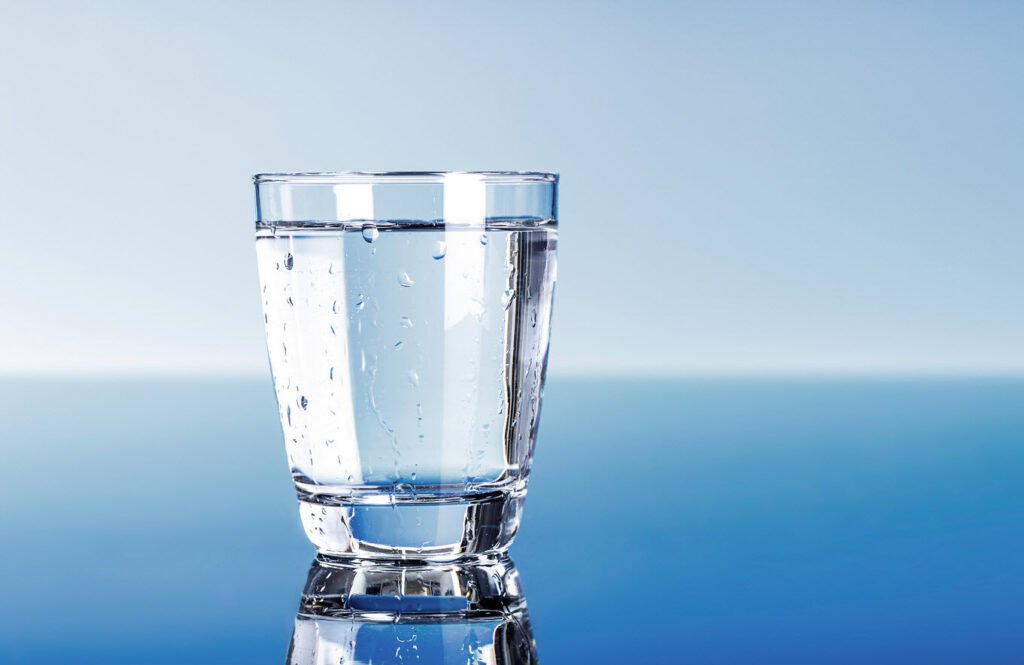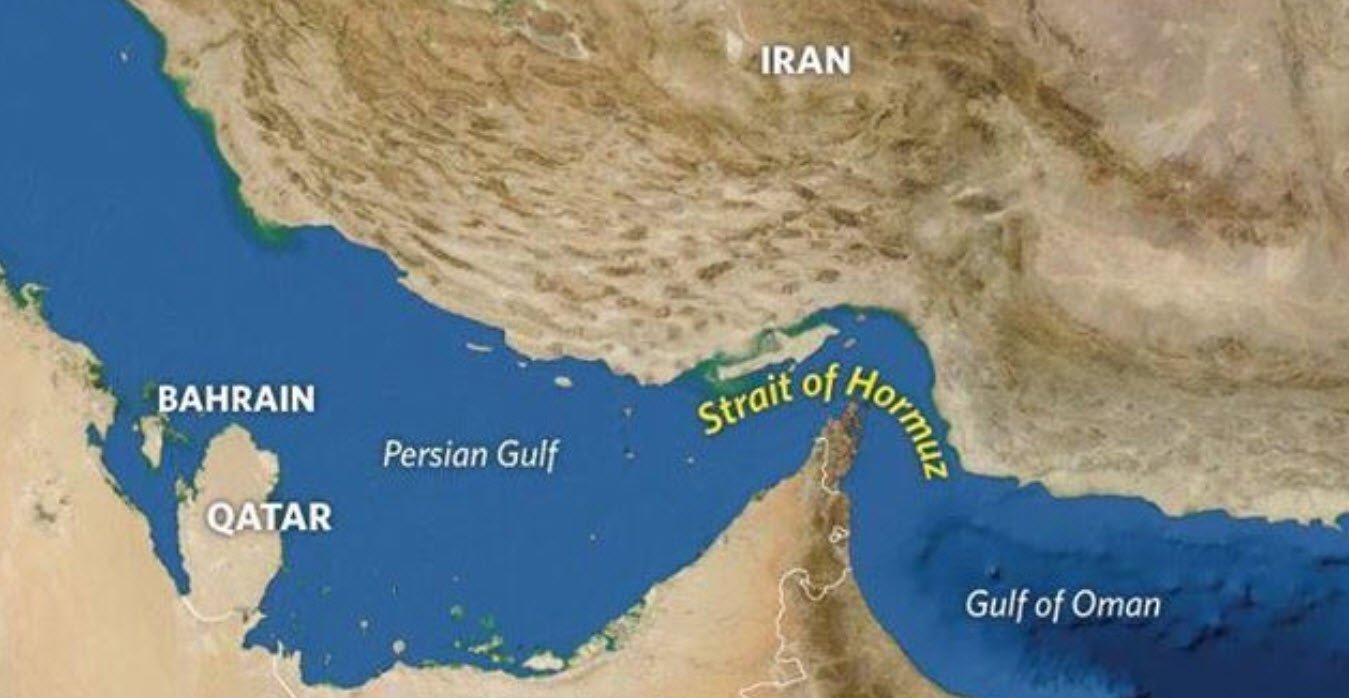
It is almost a daily occurrence to hear about international competitions involving wines from all countries of the world, with Californian, Italian, French, Spanish, etc. products often taking the top spots. Less common, however, is the news about water tasting competitions, although things are slowly changing.
This is mainly because the consumption of mineral water has been growing steadily for several years in many parts of the world; the main consuming countries include Mexico, Thailand, and the United States of America, while as far as the European continent is concerned, the main figures concern Italy, Germany, Portugal, Hungary, and Spain.
The growing trend has led to a proliferation of events dedicated to water; these include precisely the previously mentioned water tasting challenges, which are competitions involving mineral water producers from the five continents. Given their growing importance, let’s see how these competitions work.
Mineral waters are not all the same
It is important to assume that mineral waters used for food consumption in the domestic and Hotellerie-Restaurant-Café (Ho.Re.Ca.) sectors are not all the same; in fact, their composition has an important impact on taste.
For example, according to Smeraldina water website, one of the most internationally known and award-winning Italian waters in different contexts, the right balance of the various dissolved components (calcium, sodium, magnesium, potassium, bicarbonates, etc.) is one of the factors that affects the taste of water making it pleasant, refreshing, remineralizing and suitable to be consumed by everyone, from children to the elderly.
Water tasting competitions: how do they take place?
As mentioned, mineral water tasting competitions are international events where hundreds of mineral waters are compared.
They are judged by a panel of accredited professional water tasters. Each competition clearly has its own set of rules, but in principle the operation of the various competitions does not differ in any particular way.
As one can easily imagine, when tasting the water, the judges know neither the country of origin nor the brand of the mineral water being judged.
It is essential that when the judges conduct the tasting sessions, they have not consumed any food or drink that could influence the tasting (spicy food, candy, coffee, tea, alcoholic beverages or whatever).
Once they have finished the taste of a specific water they will have to write down their evaluations and move on to the next evaluation not before rinsing their mouths.
At the time of tasting, judges should not have any reactions that could influence the judgment of their colleagues.
Water tasting in these competitions follows a specific ritual that is specified in the competition rules (first taste, observation, odor analysis, second taste, etc.).
Waters are served at a certain temperature, which may change depending on whether smooth or sparkling water is analyzed. Obviously, different rankings will be made depending on the type (still or sparkling water).
The judge will analyze the different characteristics of the water (flavor, texture, acidity, hardness, etc.) and make his or her judgment.
Often, during these events, there are also competitions involving municipal water, that is, water from city aqueducts.
The figure of the hydro sommelier
The hydro sommelier (or water sommelier or water taster) plays a key role in water tasting competitions. This is a professional figure who has obtained a specific certification after undergoing a special theoretical and practical training course. The courses in question cover both general and specific topics and involve the performance of practical tests related to the olfactory perception and taste of water.
What are the factors that influence the taste of mineral waters?
There are several factors that influence the taste of a water intended for food consumption. As one can easily imagine, at the root of it all is territorial origin. Each territory in fact has peculiar characteristics that end up influencing the water. There can be a huge difference between water that comes from a Dolomite source and water from a source located in a French alpine area.
That said, a factor that has an important impact on taste is the mineral composition; basically, the presence and concentration of minerals such as potassium, magnesium, calcium, and sodium, etc., gives a certain taste, and there can be a big difference between a water that is particularly rich in calcium and one that contains a significantly lower amount.
A significant influence is also given by the pH, a quantity that expresses the degree of acidity or basicity (alkalinity) of a liquid. An acidic water tastes distinctly different from an alkaline (or basic) one. Where the pH is less than 7, the water is considered acidic, while a value greater than 7 indicates an alkaline water.
It is well understood, therefore, how, depending on the presence of certain substances and certain chemical and physical characteristics, consumers can perceive significant differences between one water and another.








